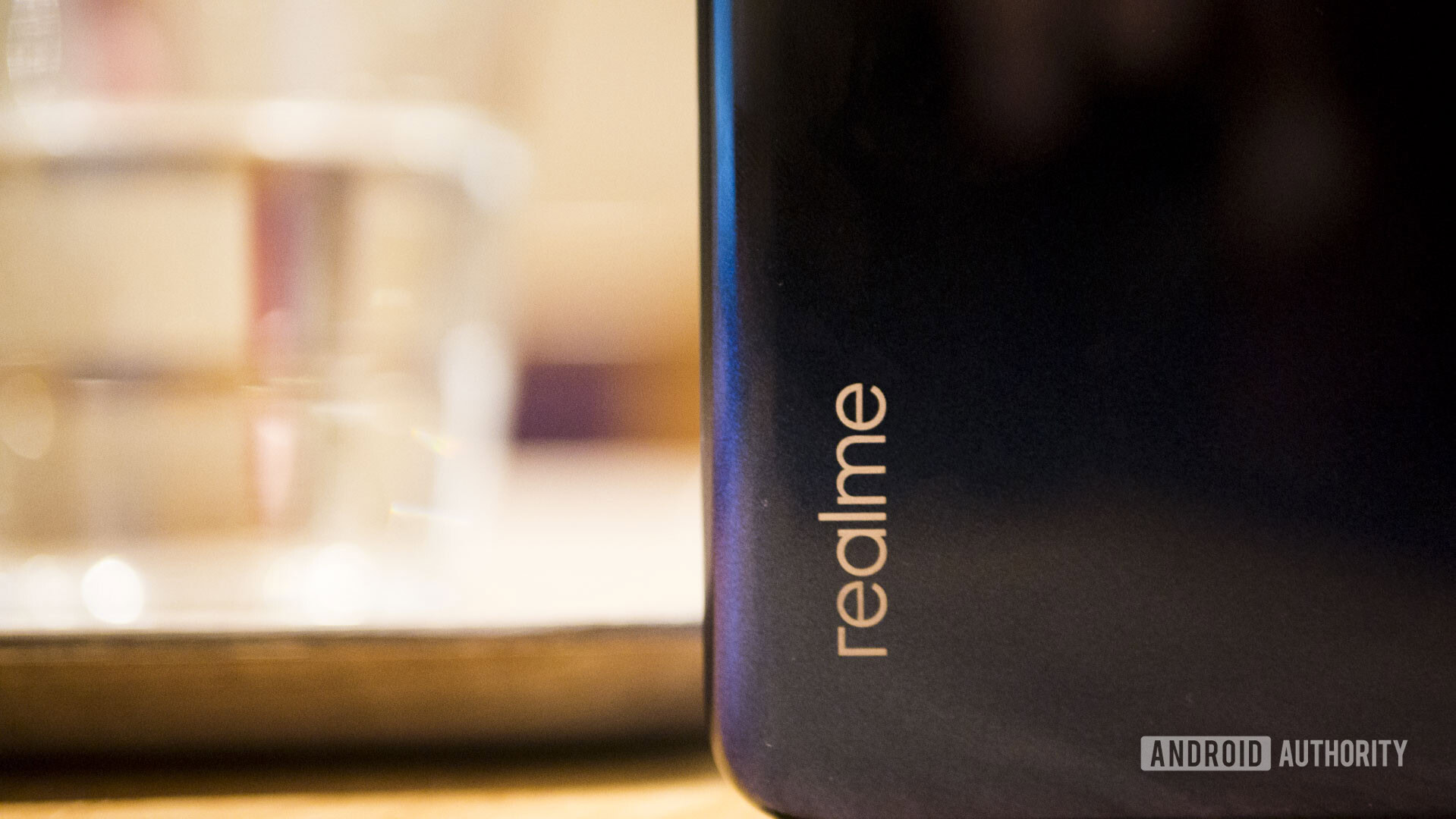Affiliate links on Android Authority may earn us a commission. Learn more.
realme plans to compete in the ~$300 premium mid-range segment in 2019

In May 2018, the Chinese OEM OPPO announced an exclusive e-commerce sub-brand in India – realme. The idea was to offer affordable devices priced between $150-$300 under the new brand manufactured by OPPO production line.
The budget disruptor
At its inception, the company shared that the new brand was geared towards the diverse needs of young and online consumers. realme has been quickly climbing up the popularity charts in India, the company’s adopted home base, and also looking to expand its offline retail footprint.
At the start of this year, realme hit four million users which was a noteworthy achievement when you consider that the brand’s distribution has largely been restricted to India and the South East Asia region. realme has though stated its intention to expand to more Asian countries, as well as the Middle East and Africa regions.
Climbing up the value chain
Recently, I learnt that realme has plans for another line of ‘premium’ smartphones at the ~$300 price point.
Madhav Sheth, the CEO of realme India, confirmed the same during a chat with me on the sidelines of the realme 3 launch event. Madhav said the company will look at launching a premium smartphone range (realme Pro Pro, I joked) in the ~$300 or 20,000 rupees price segment within this year. He did drop a hint about planning for a happy Diwali, the biggest festival in India which coincides with the holiday season in the west.
Madhav asserted that realme aims to change the perception that flagship features are dependent on the price. Its upcoming range of devices will focus on offering superior user experience redefining the term ‘flagship smartphones’.
Once realme has established itself well in India and other markets, the company will also use the new portfolio to launch in mainland China to take on Xiaomi (and POCOphone) directly.